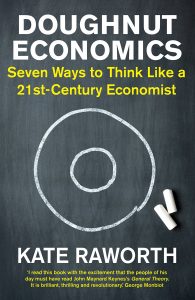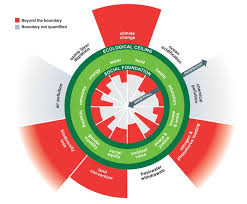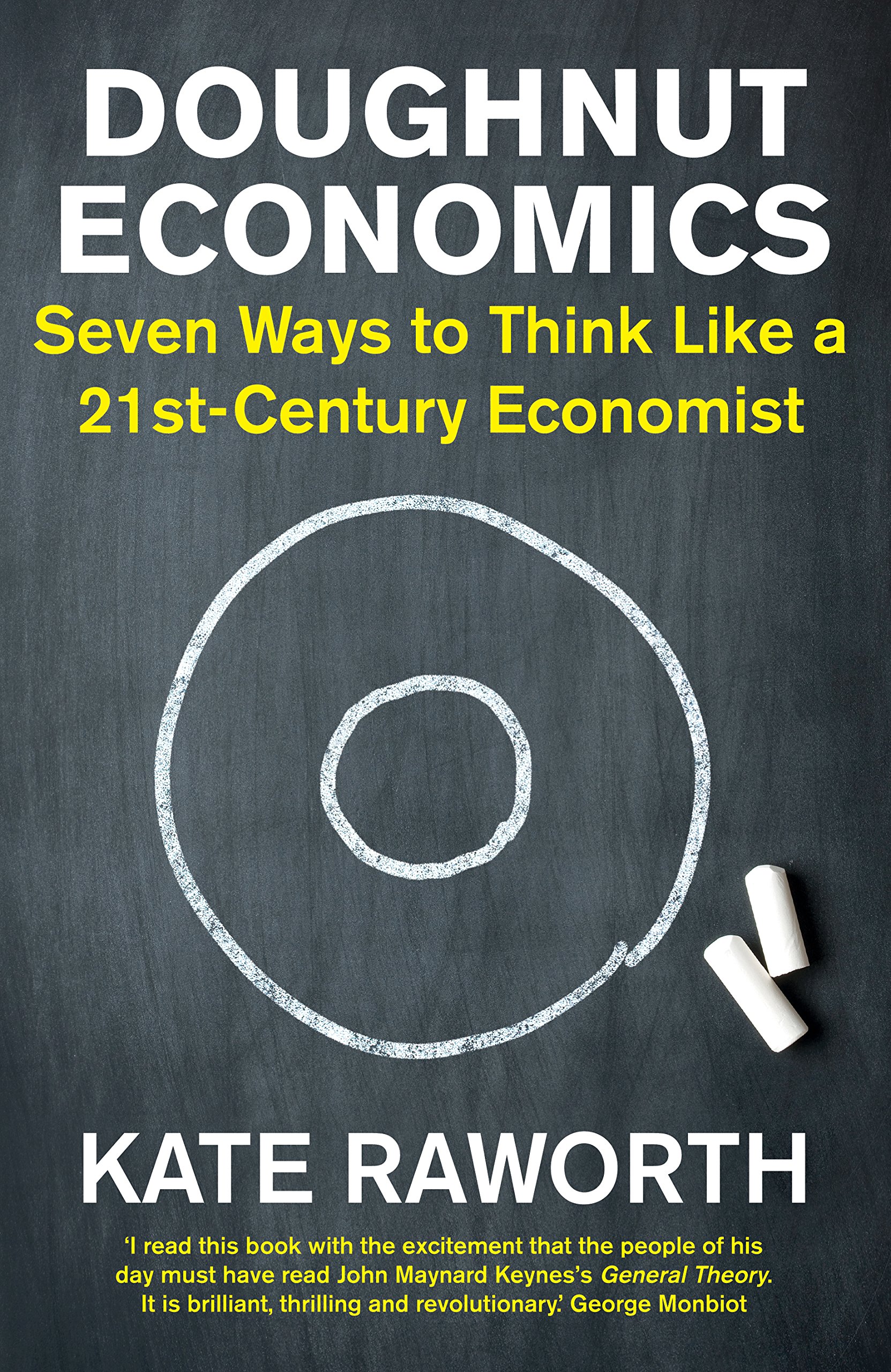 The school where I work is an incredible place to be, especially this time of year. The capacity of giving and thoughtfulness know no bounds, as does their holiday spirit! Our sustainability initiatives are extending and being integrated into long-standing programming: something as simple as hot chocolate mornings requiring students to bring their own mugs, to our Sustainability Council running a workshop for students to create their own sustainable gifts.
The school where I work is an incredible place to be, especially this time of year. The capacity of giving and thoughtfulness know no bounds, as does their holiday spirit! Our sustainability initiatives are extending and being integrated into long-standing programming: something as simple as hot chocolate mornings requiring students to bring their own mugs, to our Sustainability Council running a workshop for students to create their own sustainable gifts.
But I wonder about how far-reaching these can go – what is the potential for our students to deepen their education of a sustainable future? One way to tackle this is through environmental studies, geographic courses, and even the study of ethics. There is a growing trend of individuals taking government and businesses to court in order to hold them to account for their unsustainable practices and their (even worse!) lack of action. This raises a lot of questions.
This book provides some answers 🙂
Doughnut Economics, by Kate Raworth brings the reader through “7 Ways to Think Like a 21st Century Economist”. The book begins with an interrogation of the foundations of economic theory, and of the “Rationale Economic Man” and how, over the course of two centuries “…from the 1770s to the 1970s, as economic man’s depiction morphed from a nuanced portrait to a crude cartoon – what had started as a model of man had turned into a model for man.” (Raworth, 86) She views this as the fundamental flaw that has lead to our current climate crisis: a crisis of consumption.
You would be interested in this book if:
(1) You teach economics, geography, or run investments clubs at your school
(2) You are interested in the UN’s Sustainable Development Goals
(3) You are looking for creative ways to reimagine how the world might work
(4) You are interested in problematizing the study of economics
Also, you would be interested in this book if you enjoyed “Factfulness” (see my review HERE) in the way that it provides a new lens through which to see, digest and understand the world’s biggest challenges and highly effective ways to start solving those challenges.
In her book, Kate Raworth relies heavily of images and imagery to invoke a new status quo, a way to rethink something that we don’t really spend a lot of time thinking about: why we behave the way we do with money and finance.
She offers a new way of experiencing wealth: a community of wealth. She uses the Doughnut as her image, and the “Sweet spot” as the analogy: thriving in balance.
Check out this video for a quick glimpse into 1 of the 7 ways we need to change our thinking: https://www.youtube.com/watch?v=Mkg2XMTWV4g
7 Ways to Think like a 21st Century Economist:
(1) Change the Goal: move away from GDP as a measurement
(2) See the Big Picture: we do not have a self-contained market, we have an embedded market
(3) Nurture Human Nature: we are not an ‘economic rational man’, we are complex, social and adaptable humans
(4) Get Savvy with Systems: Gone are the days of supply and demand, we have ushered in an economic system of dynamic complexity
(5) Design to Distribute: we know that growth of economies do NOT result in homeostasis of markets; rather, we need to be distributive by design
(6) Create to Regenerate: we know that growth of economies do NOT result in a rising tide that lifts all boats, it results in a rising tide caused by climate change. Therefore we need to integrate a regenerative framework into our economies
(7) Be Agnostic about Growth: understand that there cannot be infinite growth, so we need to reset and reprioritize for a new normal
I wonder how many of us have given thought to our economic model at this scale? I wonder how we can start to inform and work with our students on these 7 ways of thinking?
More importantly, I wonder when this research and this thoughtful argument against consumerism, GDP-dominated policy, and infinite economic growth will become part of our curriculum? OR When will educators take this on?
Who’s with me?

@estewart – this book looks right up your alley!
@gnichols
I’m with you! One of my pet peeves of “economics-talk” at social gatherings, board meetings, or even in the general media, is when someone inevitably uses the “bucket” analogy to explain financial budgeting (as in, there is only so much money in the bucket, so if we give more to arts or education, then we’ll have to take it from somewhere else). The problem with this way of thinking is it extrapolates a micro analogy to a macro one (Dunning-Krueger Effect). When a family does their monthly budget and compares their income with expenses, clear and precise patterns emerge (too many takeaway coffees, in my household!). When countries do this with GDP, the result is not the same thing. At all. For one thing, arts and culture produce a vast economy of wealth that can hardly be measured qualitatively and pay dividends in decades not financial quarters (take Margaret Atwood’s literary success, for instance). Likewise, Canada’s natural sustainable resources (fresh water) and sheer landmass is not at all measured as part of GDP because that stuck model preferences commodities. We are the richest country in the world if you measure some things, and perhaps the poorest if you measure others. Let’s change our goals and tools and practices to reflect our complexity. Love it.